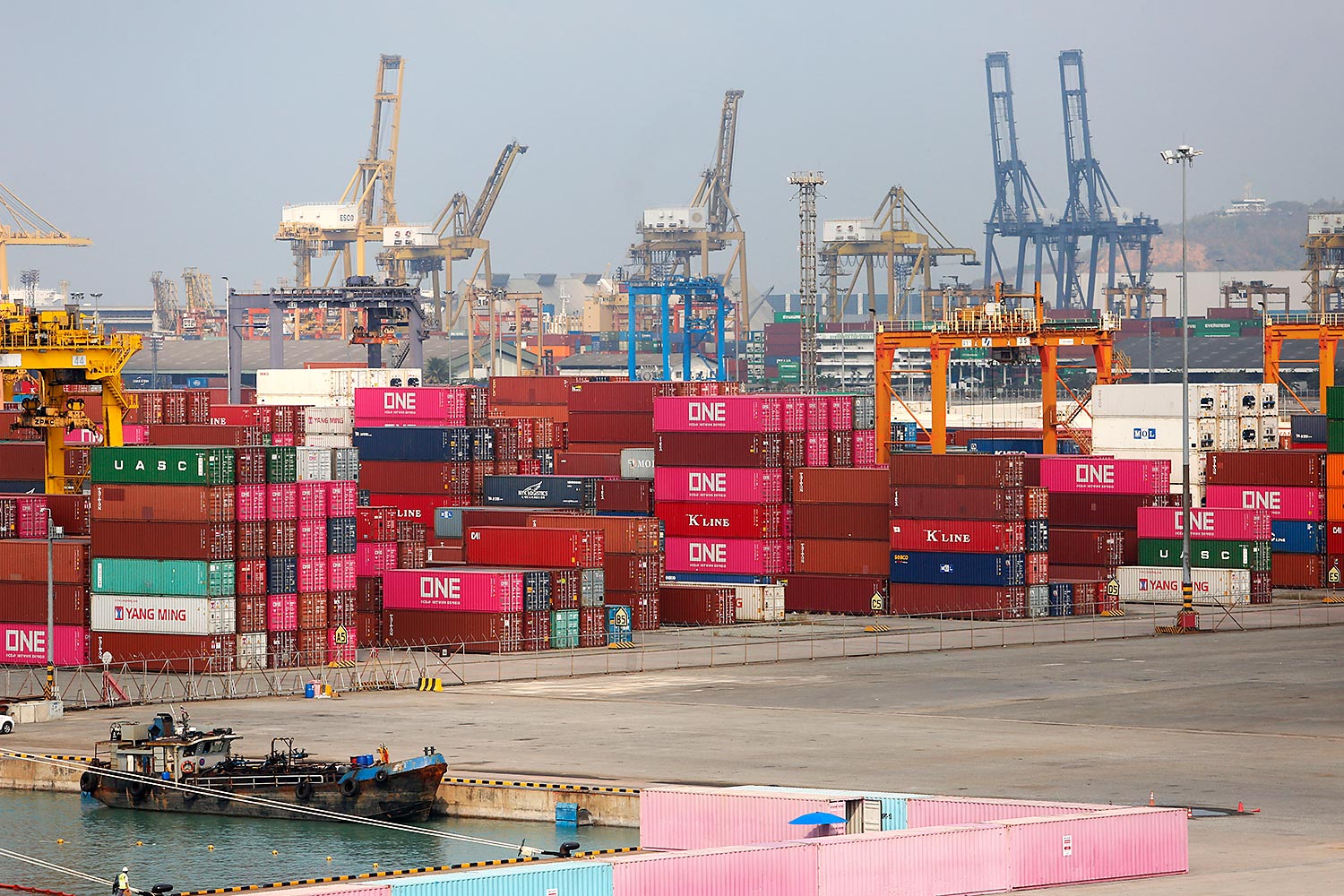Thailand: Inflation and market uncertainty
The recent rapid rise in inflation rates worldwide has been a hot topic with huge impacts on the real economy as well as financial markets. The surging cost of living has hit all households, especially those with sluggish wage growth, mostly lower-income groups.
Recent financial market corrections in response to inflation concerns and the way central banks are handling the challenges have caused some panic in equity, currency, bond and even crypto markets.
Who is to blame? Several economists and market commentators blame central banks, especially the US Federal Reserve, for not responding fast enough to inflation when it started to rise as the impacts from the Covid-19 pandemic started to abate.
But if we review the forecasts by central banks or private sector economists, including myself, few us thought inflation rates would come this far in both magnitude and persistency. Most of us have had to make several upward revisions to reflect the impact of factors including surging oil and food prices resulting from the Russia-Ukraine war, and persistent global supply chain disruptions.
To be able to correctly forecast recent inflation trends, one would have had to correctly forecast when and how the pandemic would abate, the speed of economic reopening, whether Russia would invade Ukraine after months of threats, what sanctions would look like and how long the conflict would last. Another key factor is how long China will stick with its zero-Covid policy, which has led to snarled global supply chains.
Those are all high-uncertainty factors that economists have to wrestle with, and no doubt we will continue to see more revisions in their forecasts.
The strong recovery in labour markets and wage growth has further complicated the inflation picture. At its March meeting, the Fed revised up its 2022 forecast for core personal consumption expenditure inflation in 2022 to 4.1%, from 2.7% at its December meeting. It also adjusted its so-called dot plot — showing projections for the federal funds rate — from three increases in 2022 to seven, with no clear signals as to whether this would be enough to tame high prices.
The economic policy uncertainty has sent shock waves through financial markets. As inflation and policy rates are key factors in valuation methods, investors in all financial markets — bonds, currency and equity — have to deal with persistent volatility.
THE R-WORD
After a series of corrections and volatility, markets are still looking for clues on inflation and policy direction. Moreover, in light of very hawkish signals from some Federal Open Market Committee (FOMC) members, markets have started to worry that a fast and furious pace of rate hikes could result in a hard landing. The R-word (Recession) is on investors’ minds, reflected in the recent fall in US Treasury yields.
Is the Fed paying attention to these concerns, and how does it gauge the reaction of markets to its policy decisions and signals? In my view, the answer is the Financial Conditions Index (FCI). An indicator compiled by the Chicago Fed, the FCI measures whether US financial markets are easing or tightening in response to changes in key indicators, including policy rates, bond yields, credit spreads, bond and equity issuance and equity market performance.
Recently, the FCI has been tightening at around the same level as in late 2018, when the Fed policy rate reached its previous peak at 2.5%. The FCI is far from a definitive indicator that we could compare over time, as other key factors and events differ between now and then. But, at least it can give you a starting point.
Let’s also give the dot plots another chance. Despite a series of revisions, I still believe the next FOMC meeting on June 13-14 will be a key event for financial markets. By then, Fed policymakers will have seen the May inflation numbers. If the figure has decreased from April, as many forecasters expect, the key question will be by how much.
Combined with recent market responses and FCI data, the Fed’s rate decisions and dot plots going forward should at least give a clearer look at policy rate hikes.
Of course, we still have to deal with uncertainty from reopening, wars and supply chain disruptions, but at least further changes in Fed’s policy might be more limited, compared with what happened in the first half of 2022.
WHO’S NEXT?
Now that the Fed is making moves, other central banks will have with their own policy rate hike cycles, sooner rather than later. Some, including Brazil and Turkey, have already taken preemptive measures, raising their rates prior to the Fed. Some others have followed fairly quickly, among them Australia and Malaysia.
For the Bank of Thailand, the message is clear: the growth recovery is its key focus. But inflation near 5% and rising medium- and long-term bond yields will convince financial markets that a rate-hike cycle in Thailand is coming soon. Personally, I believe the central bank is likely to maintain its record-low policy rate until the end of 2022 to support a gradual recovery.
Some may be concerned about policy divergence. A key consequence would be a weak baht, which I believe it is what the Thai economy wants in order to fully benefit from a recovery in exports and tourism revenue (in baht terms), at least before currency markets start to price in improved tourism and hence a current account recovery in 2023.
As for the rising cost of living, resulting from a weak baht and more expensive imports, including energy, I believe the Bank of Thailand would prefer the government mitigate the impacts through selective measures for vulnerable groups, rather than having to use interest rate and foreign-exchange policies.
Source: https://www.bangkokpost.com/business/2313122/inflation-and-market-uncertainty


 English
English




